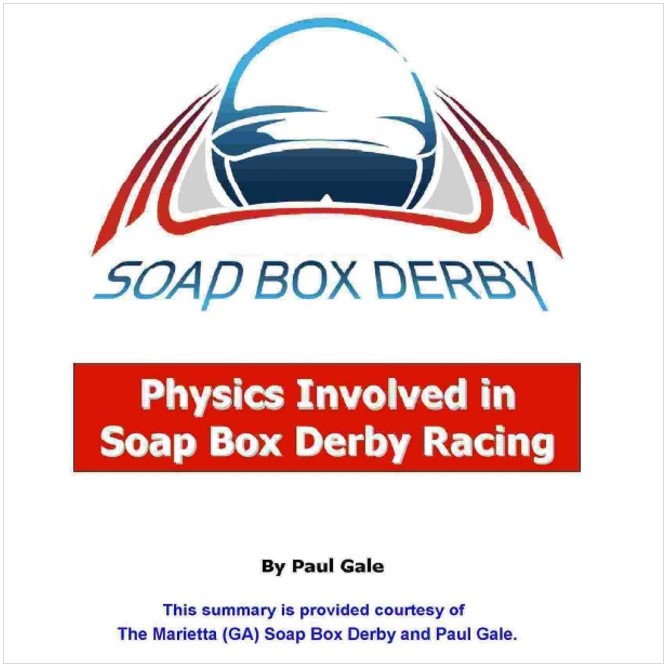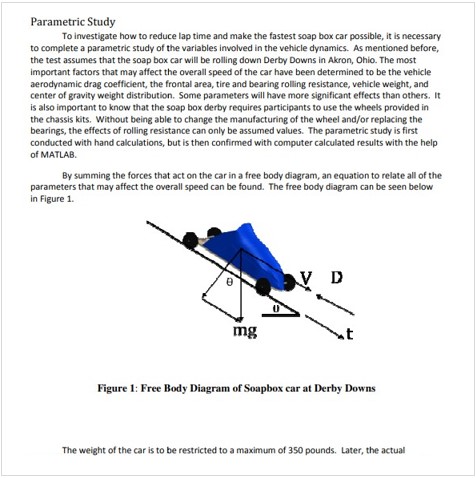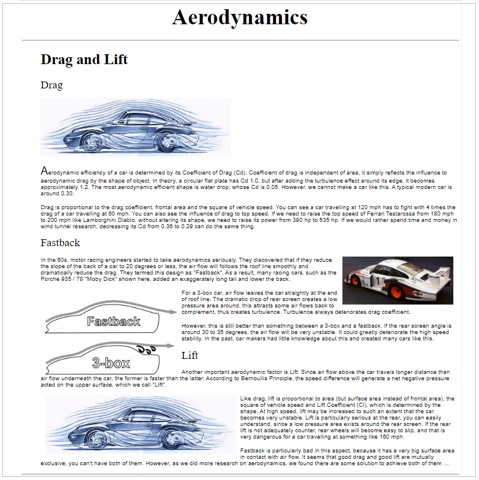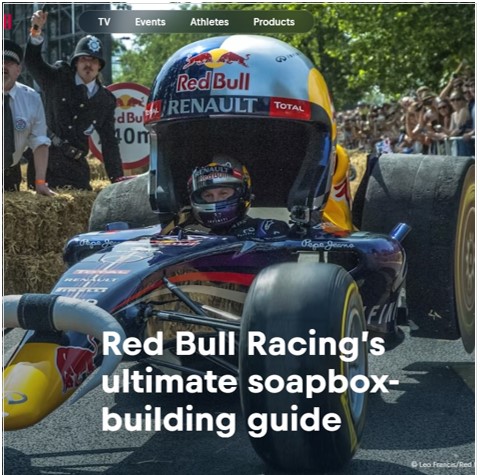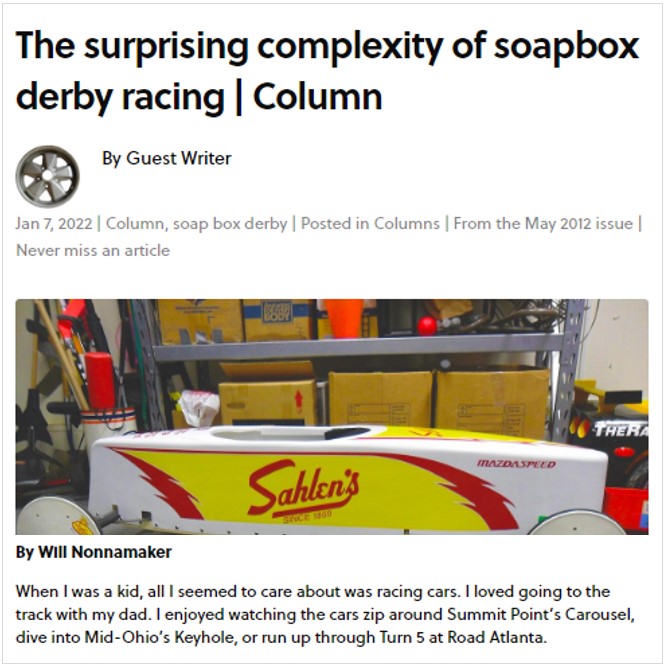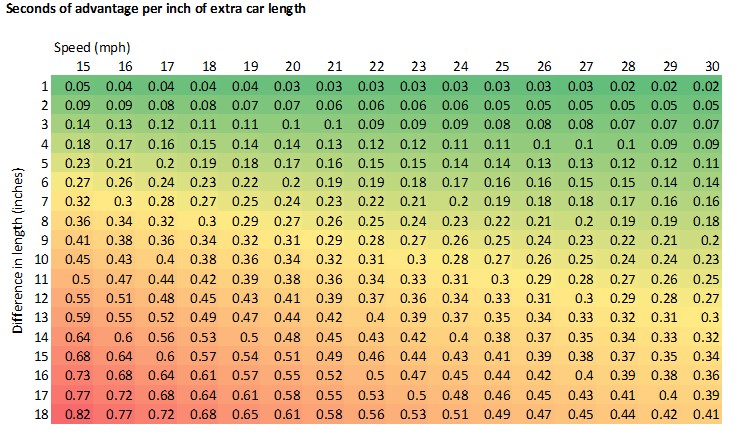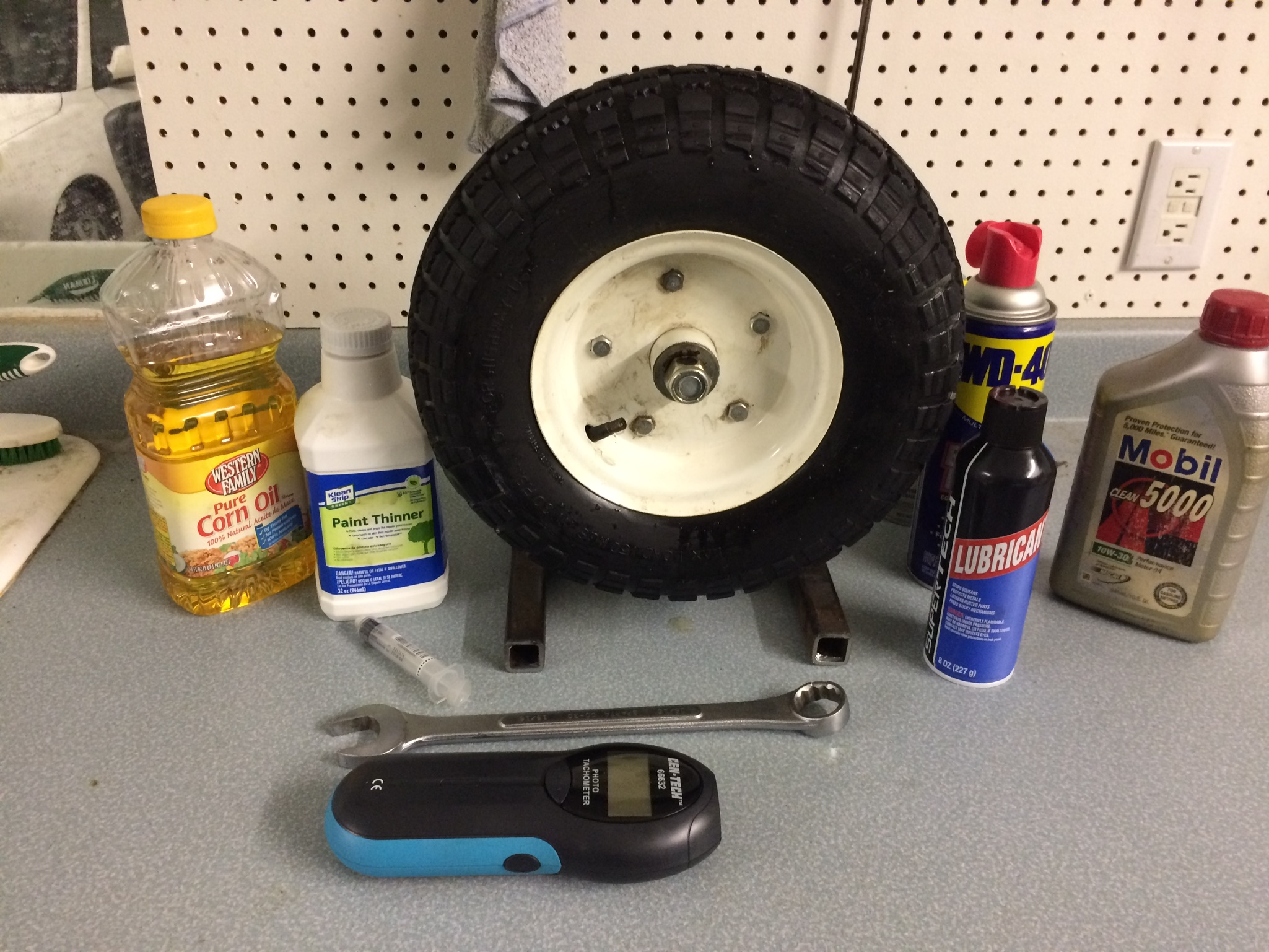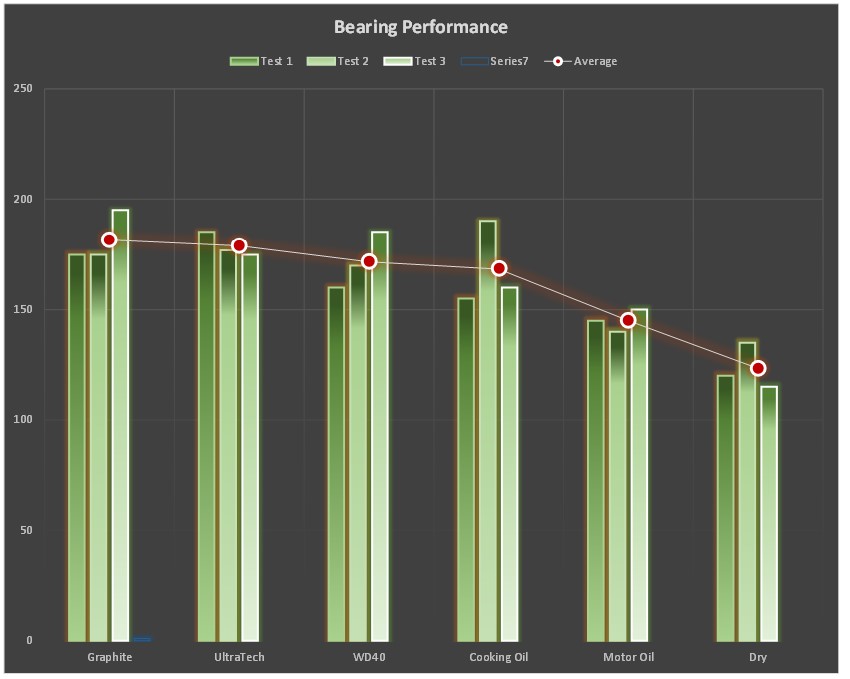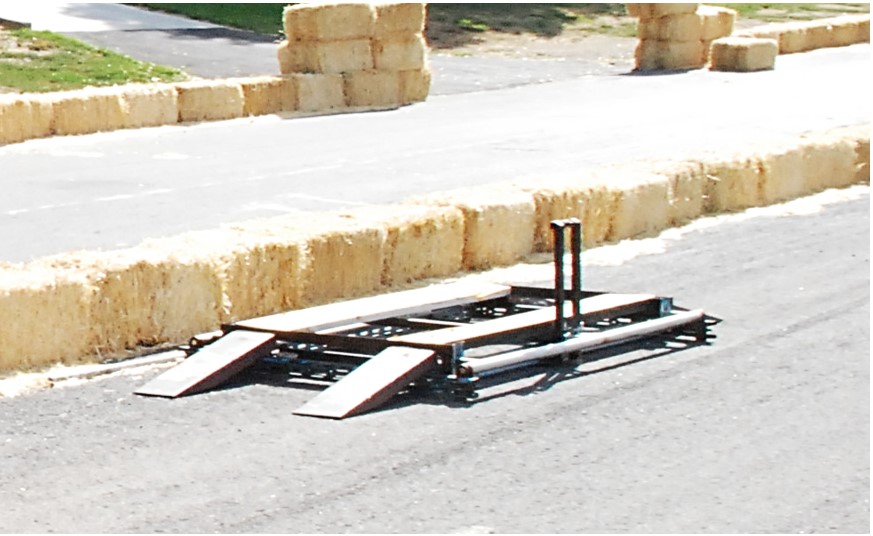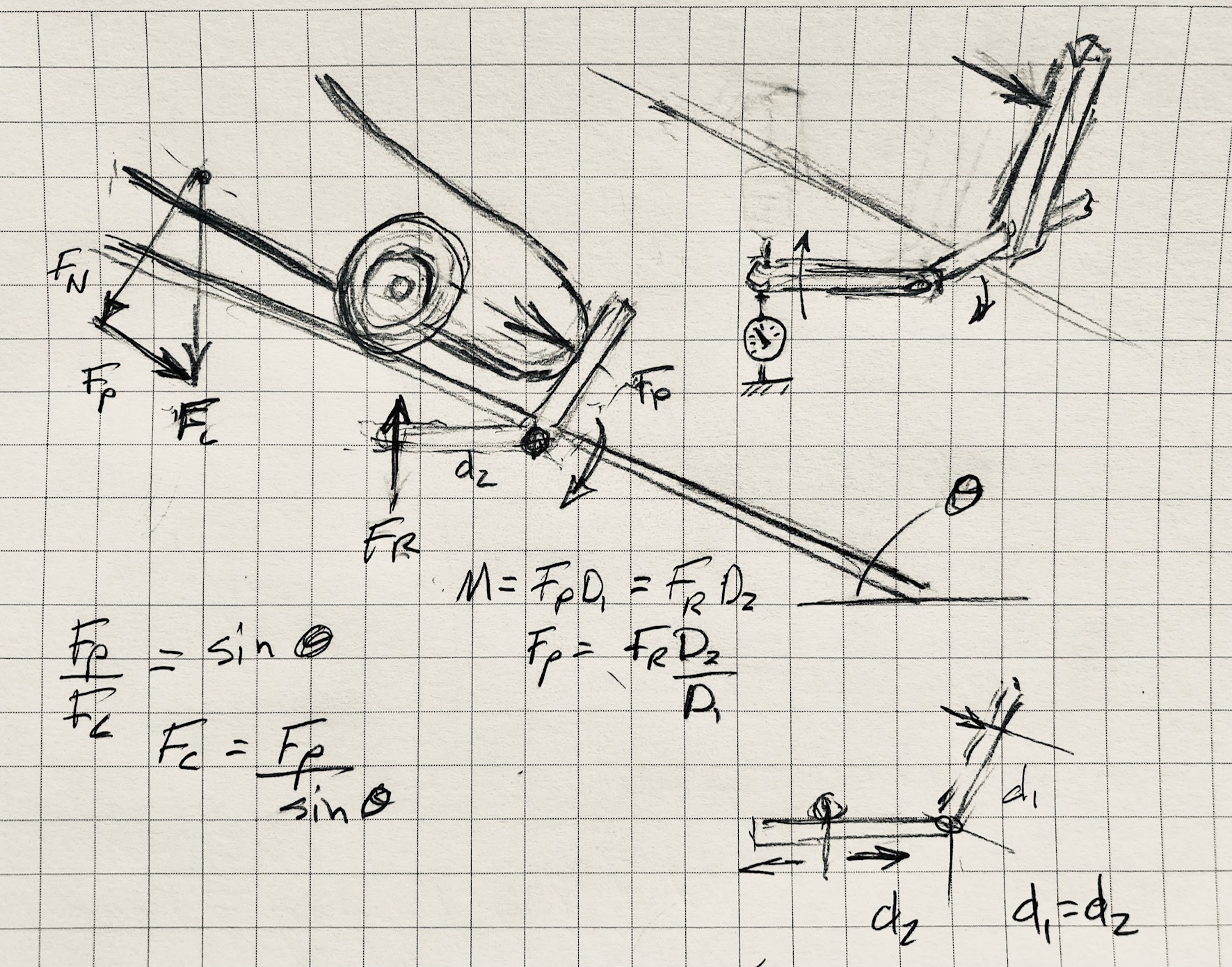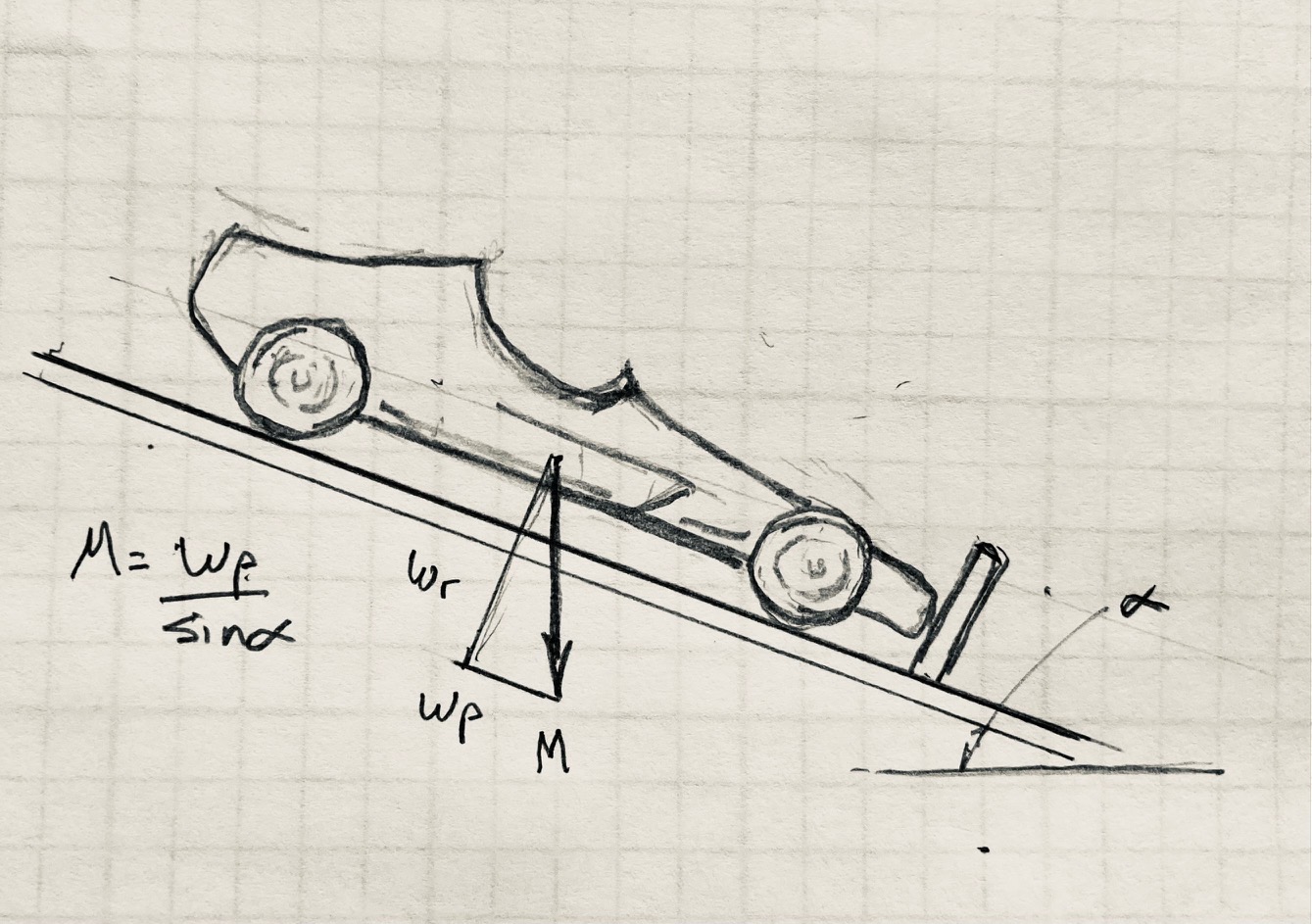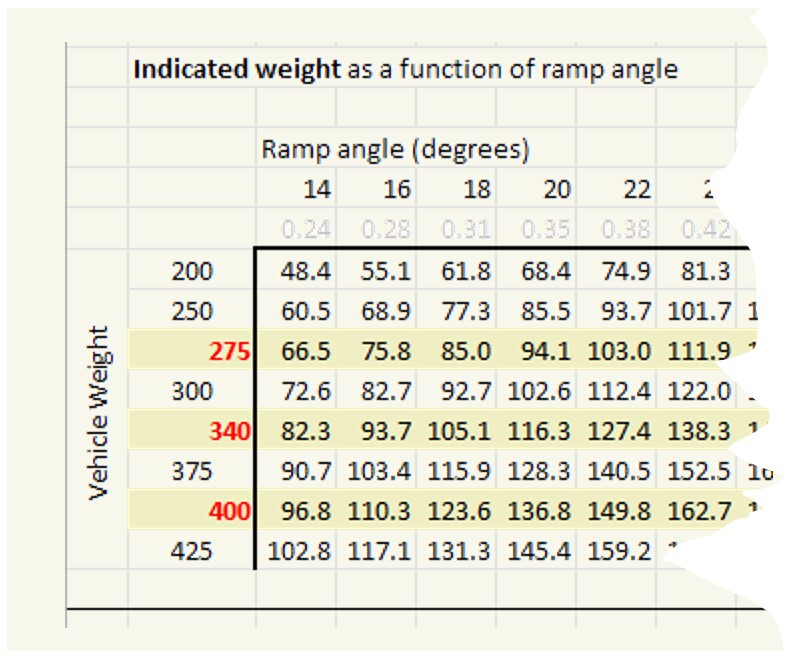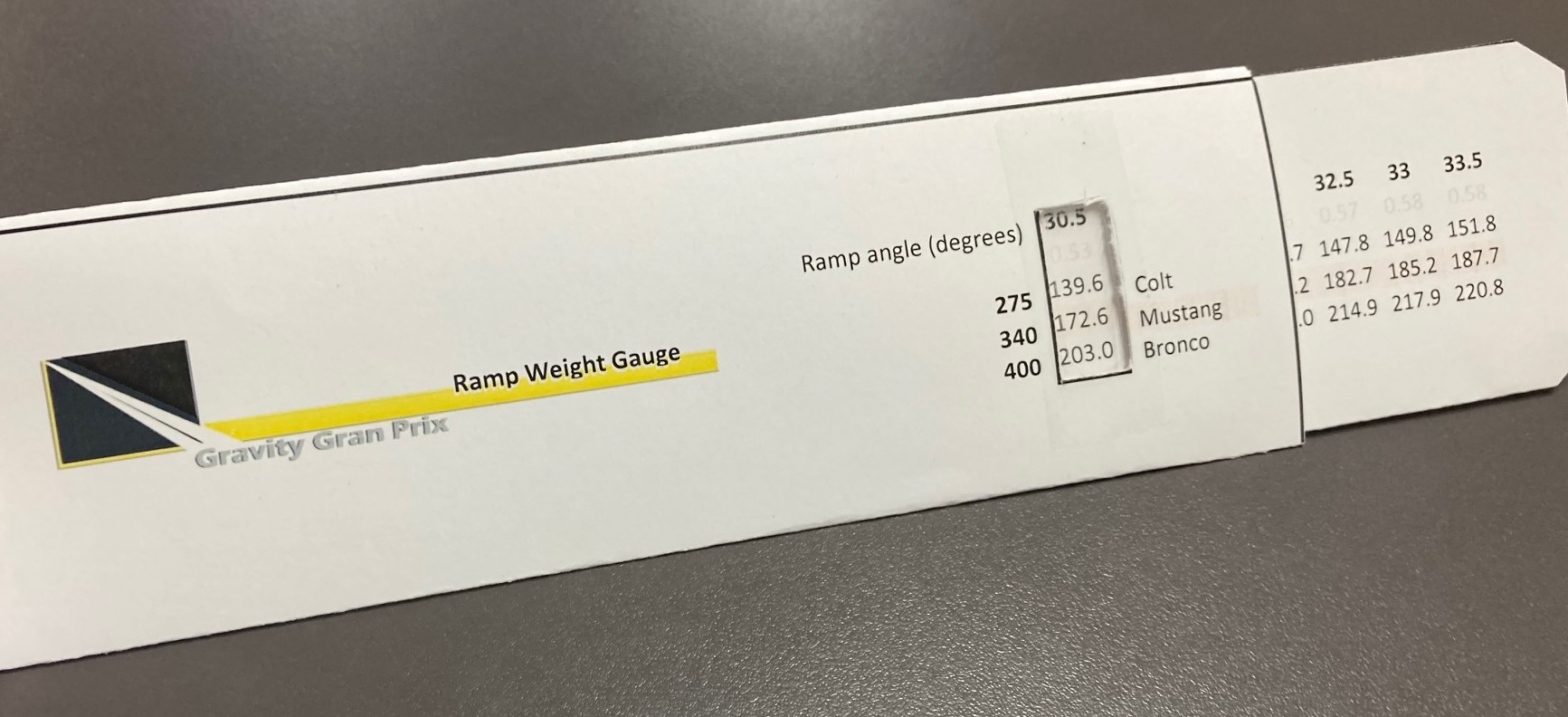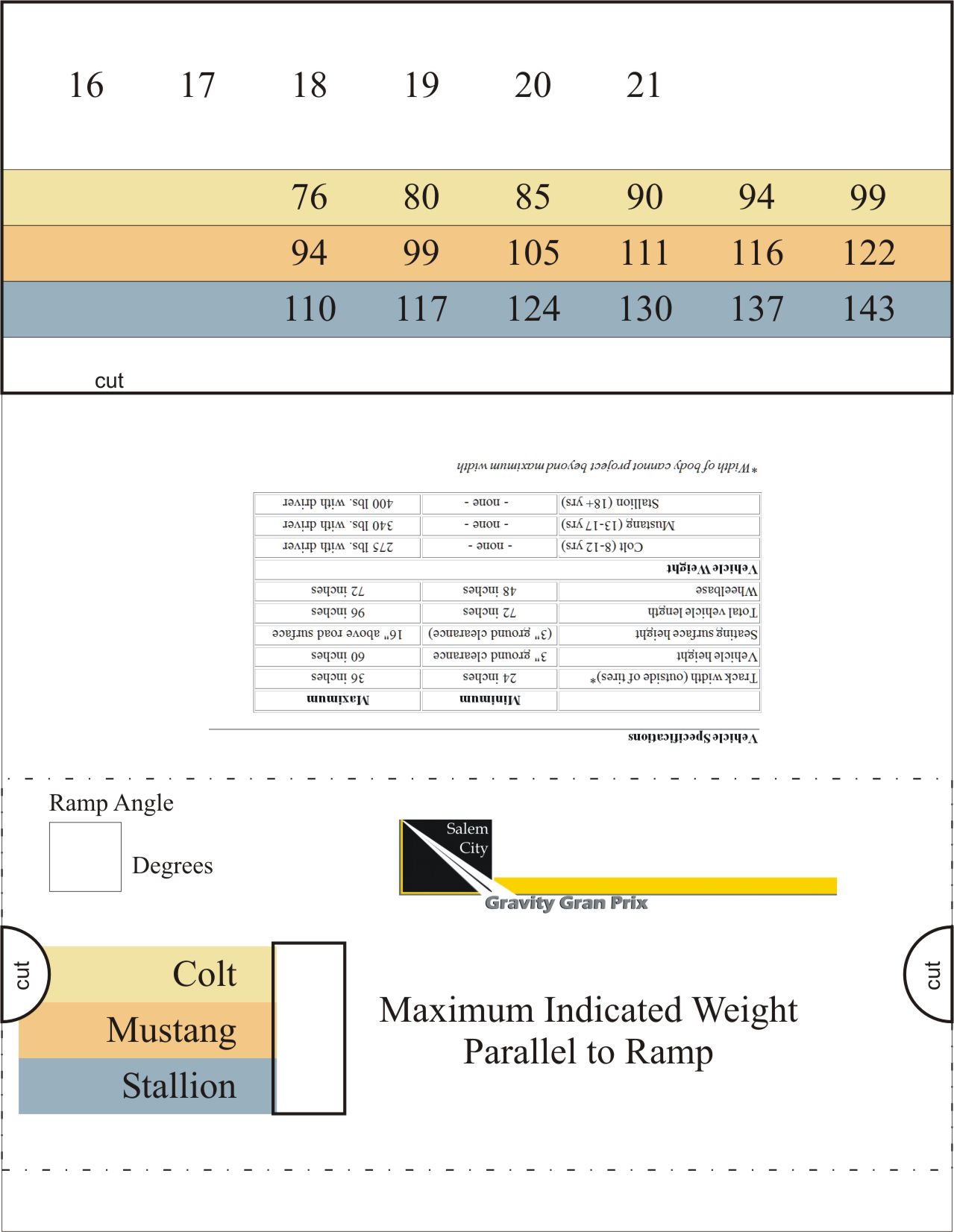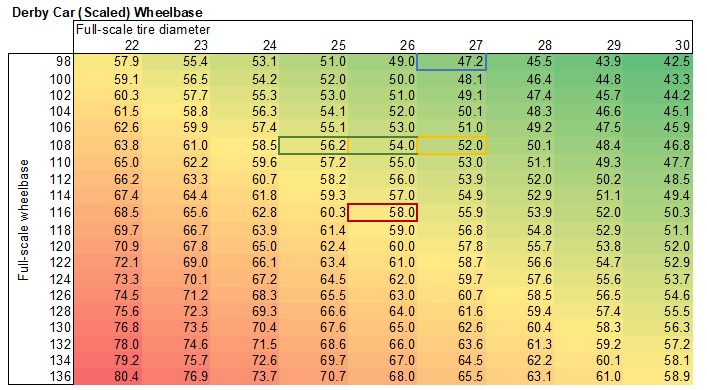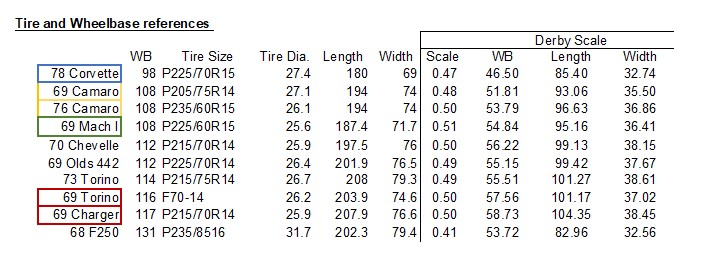What derby car dimensions are comfortable for your kids? I'd really like to know so I can design cars to fit.
My daughter had one of the fastest cars in the race, but it was too small to fit anyone older than about 10 or 11.
At any given time I have between two and four cars that I can loan out for the race, and I'd like to build cars
that could be used by people of any age.
I’ve designed a pretty slick mechanism that will make the brakes adjustable on a derby car. I think I can get away
with just three positions on them, but I can put as many as I want.
But that may be more adjustment even than I need.
My idea is that the brakes and the steering wheel can be fixed, and then the seat can move to accommodate
different sizes. The premise is that the person with longer legs for the brakes will also have longer arms
for the steering wheel.
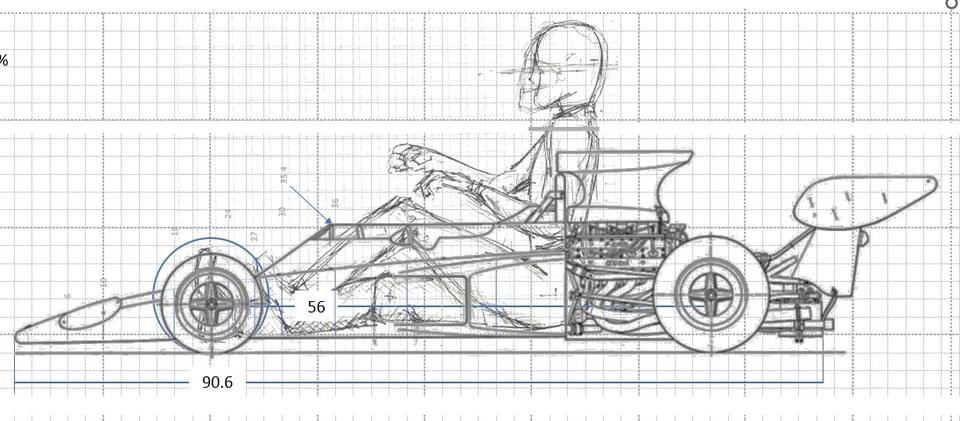
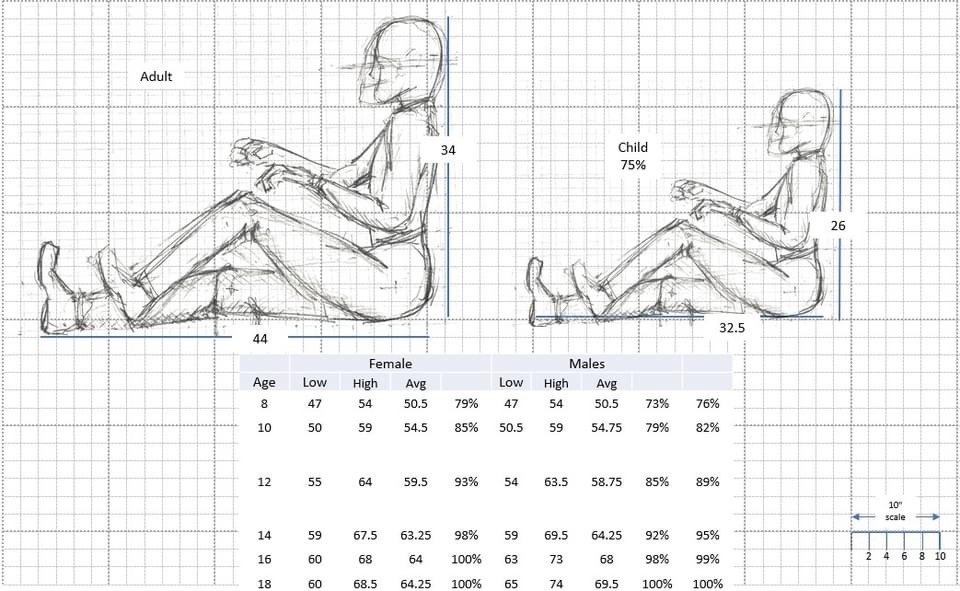
So it would be interesting if you'd set your kids on the floor, knees up just to a comfortable position to
push on brakes, and let me know what dimensions work best for them from the seatback to the brakes and to
the steering wheel, and the height of the steering wheel.
Obviously, I don’t need names, but ages might be helpful. You can put the gender if you want, but I
just need a sampling to know how much adjustment to put into the design.
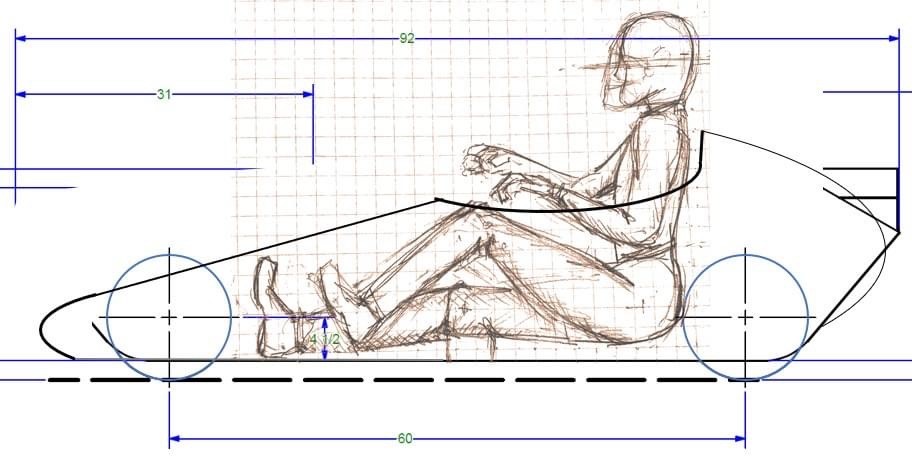
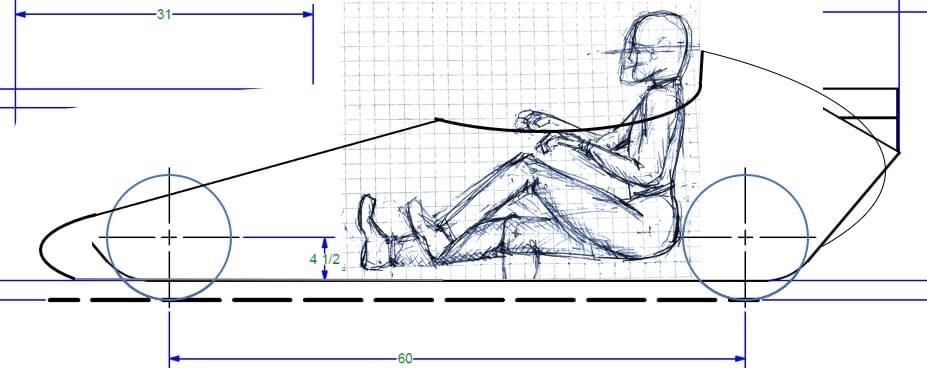
While you’re having fun doing that, you might as well lay out a large piece of cardboard and draw the
outline of a derby car they would like to build. It’s not too early to get them excited and drawing
designs for cars for the derby next August.



